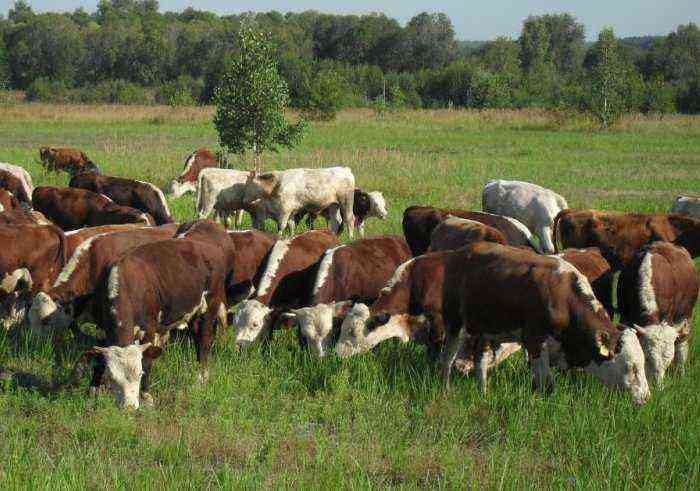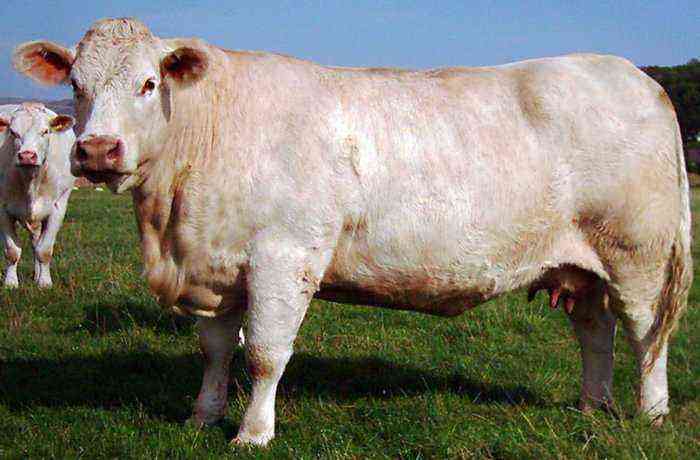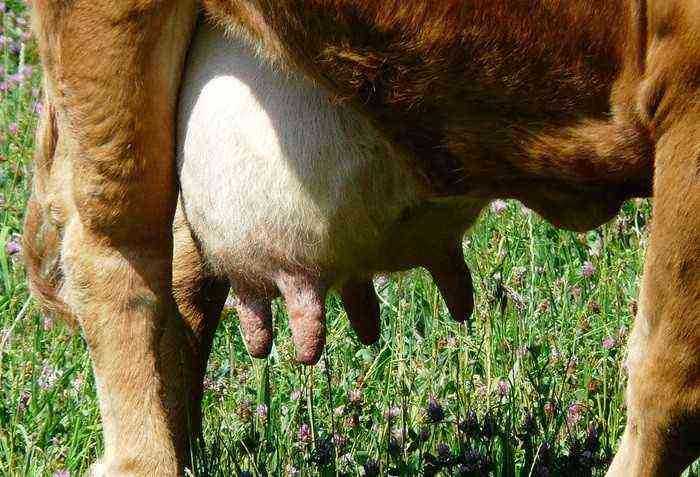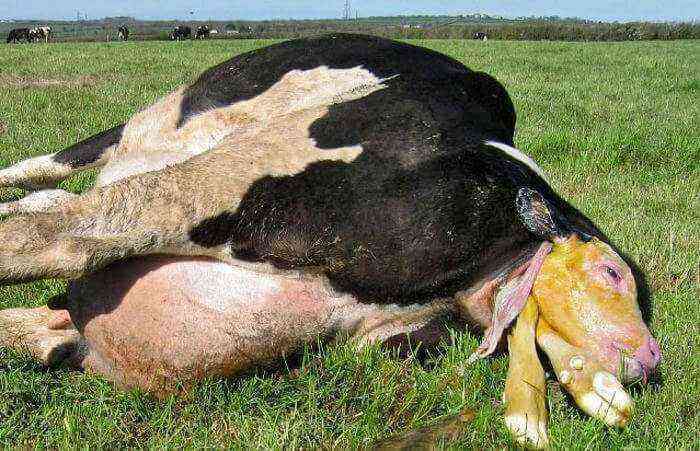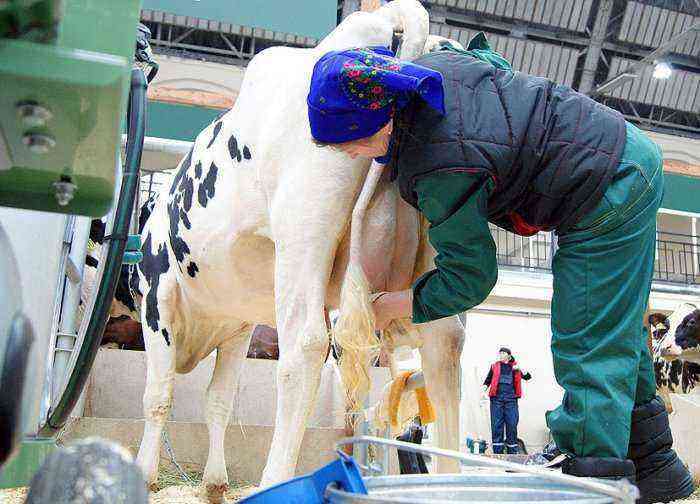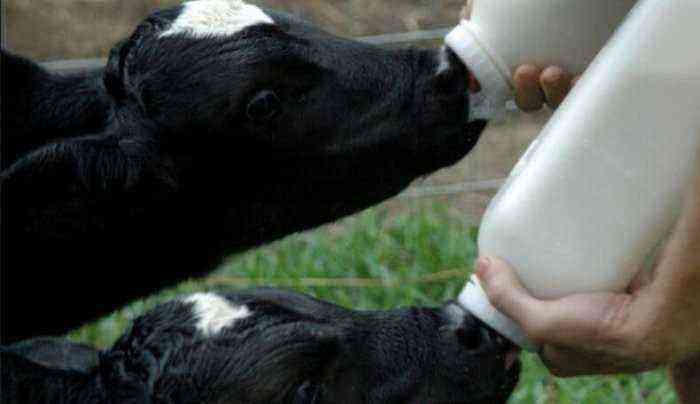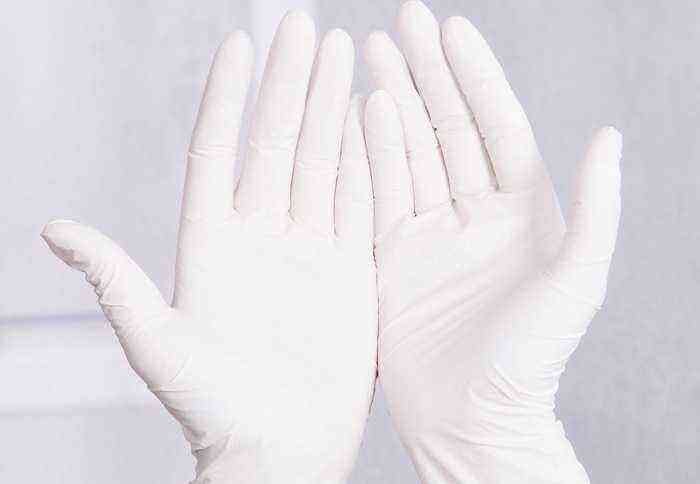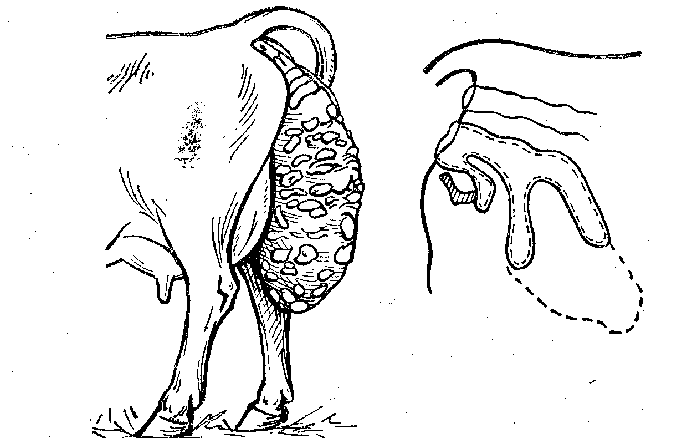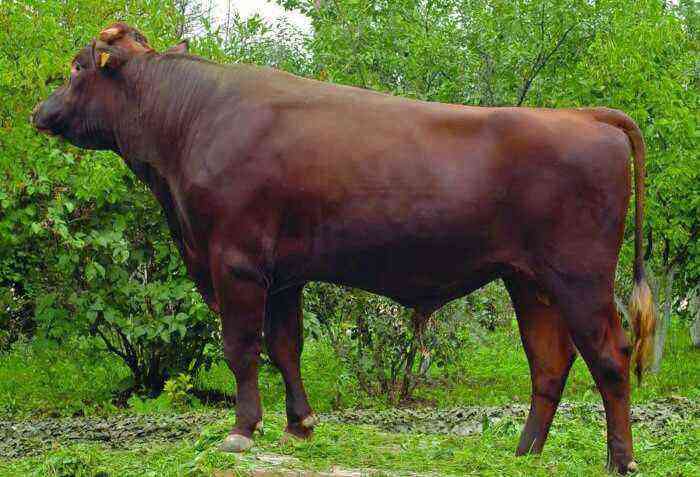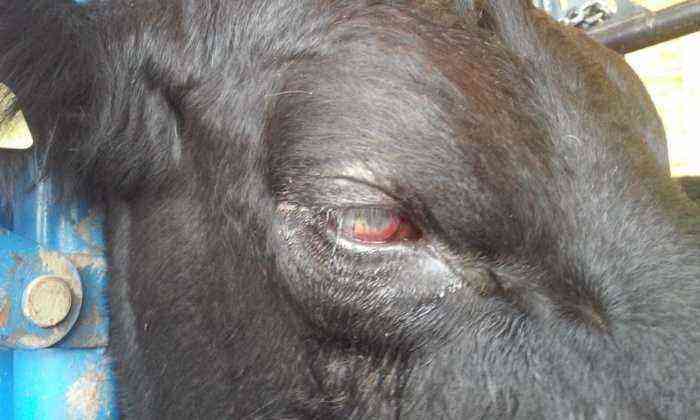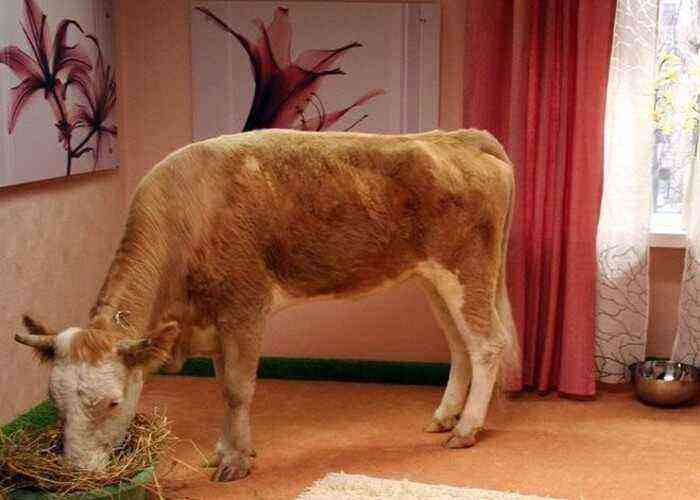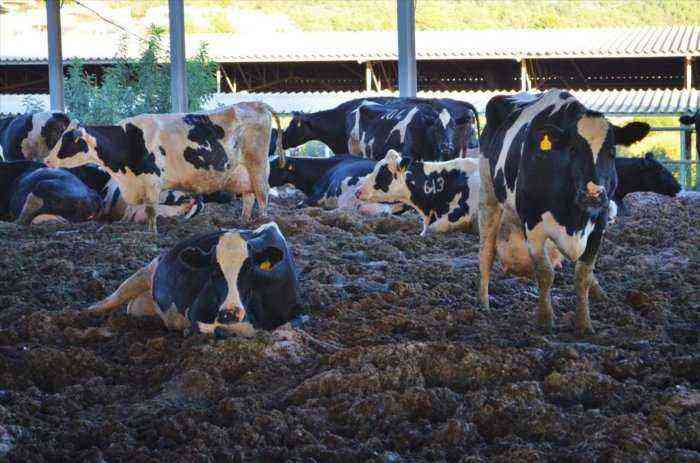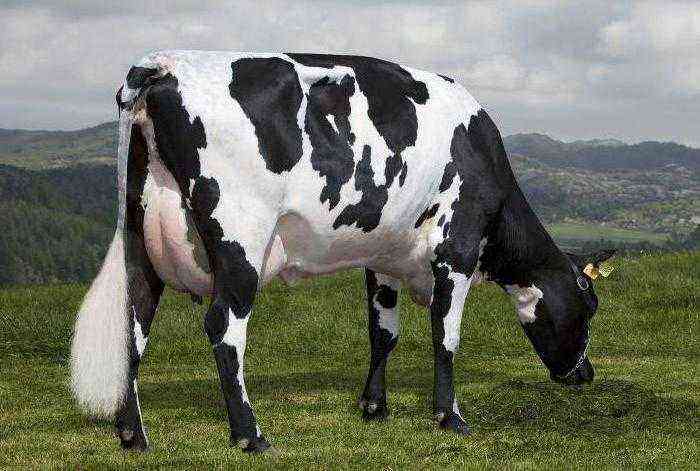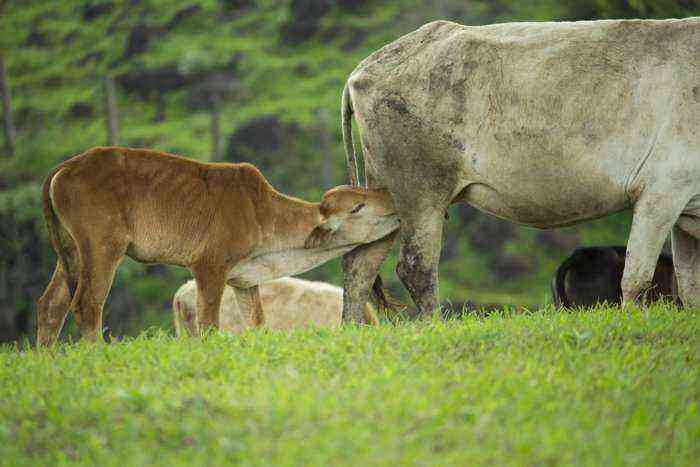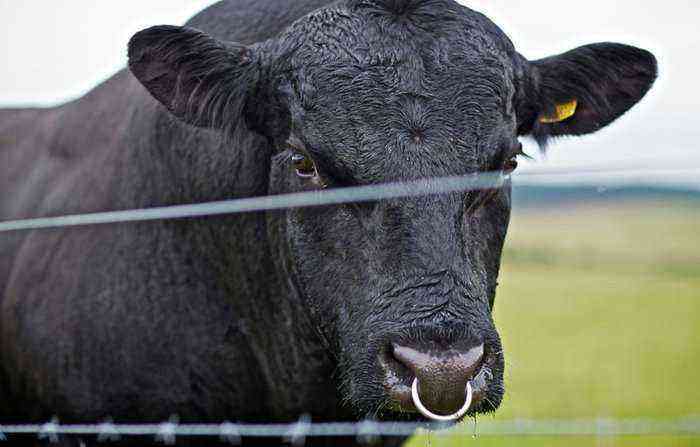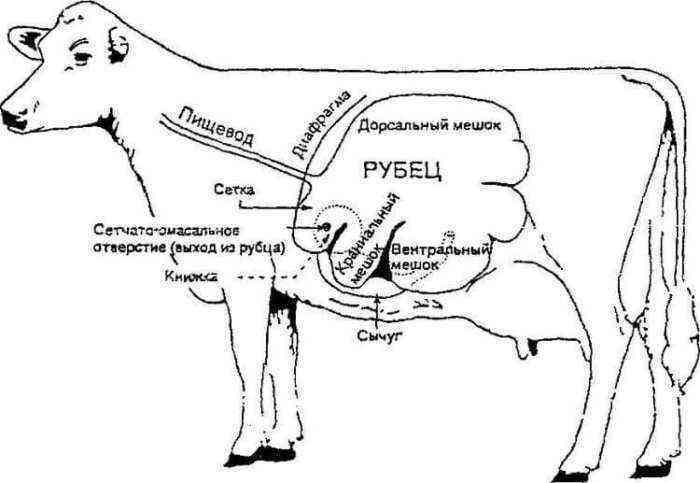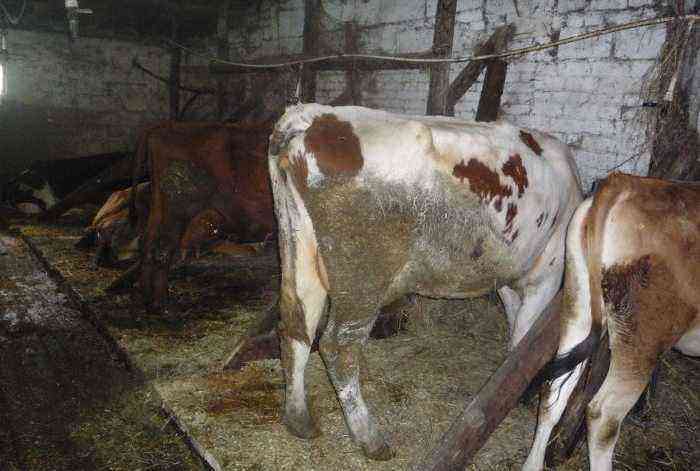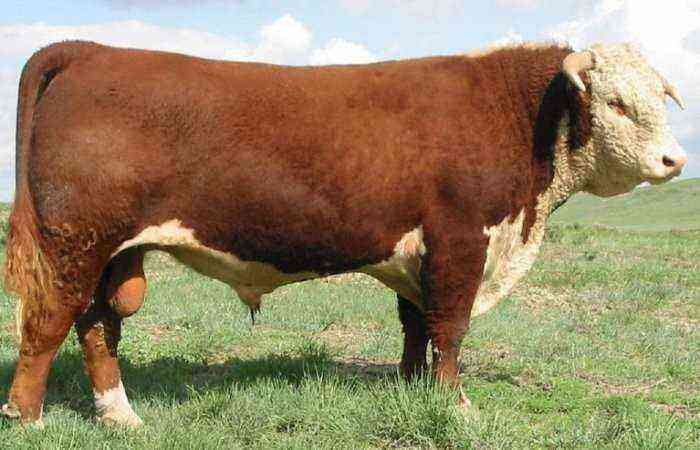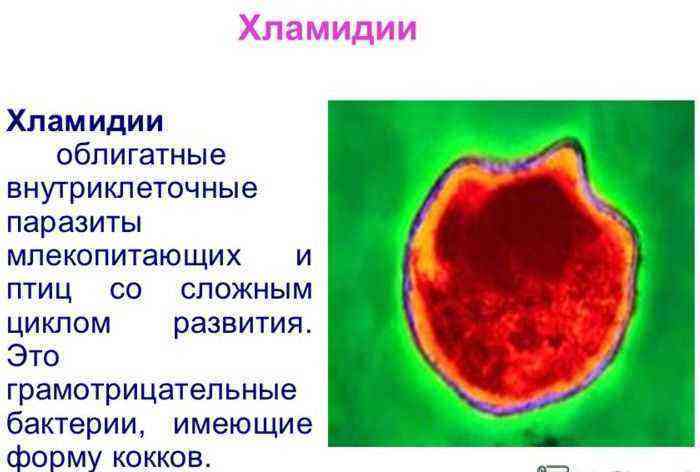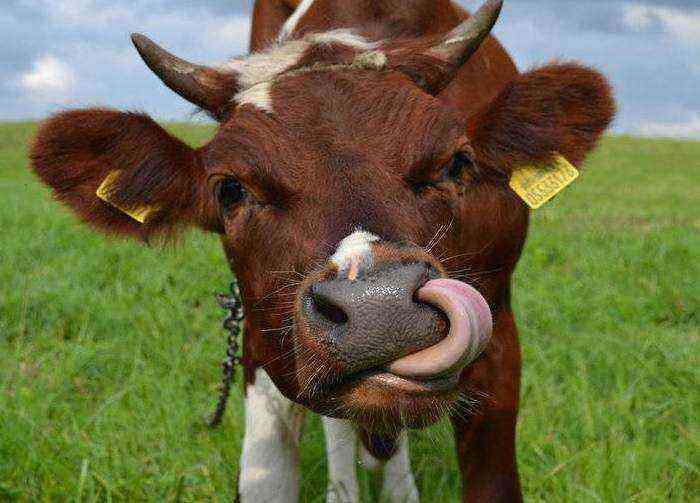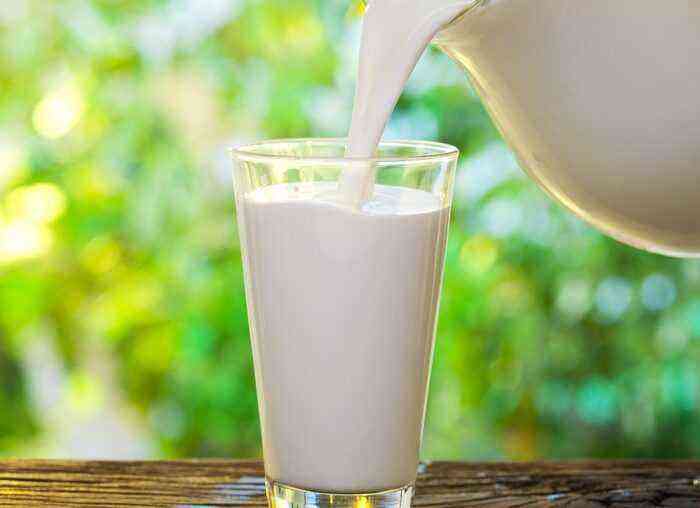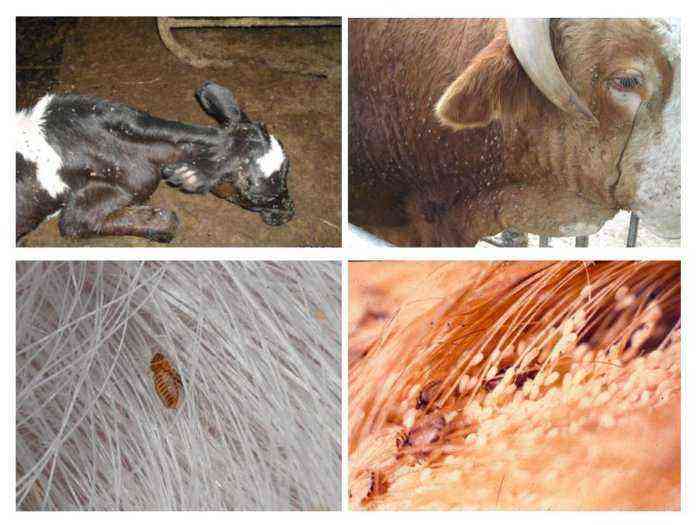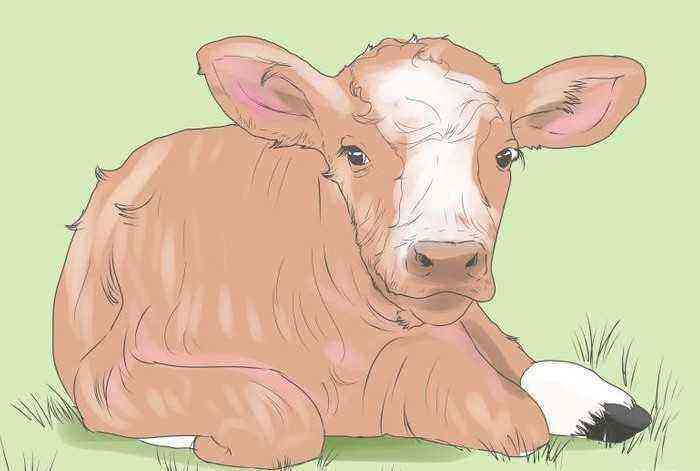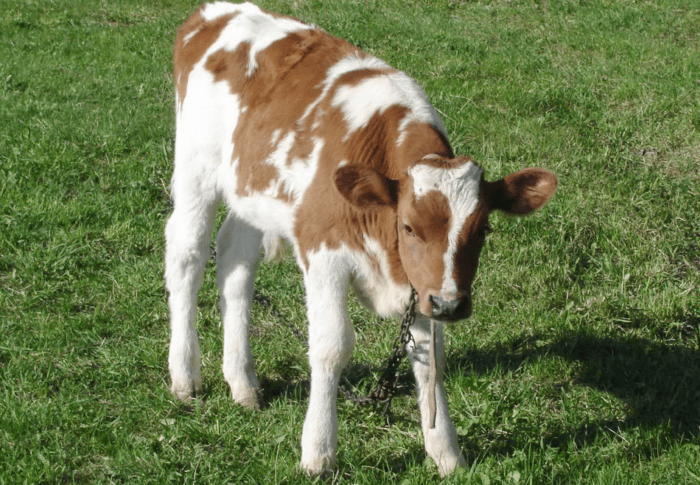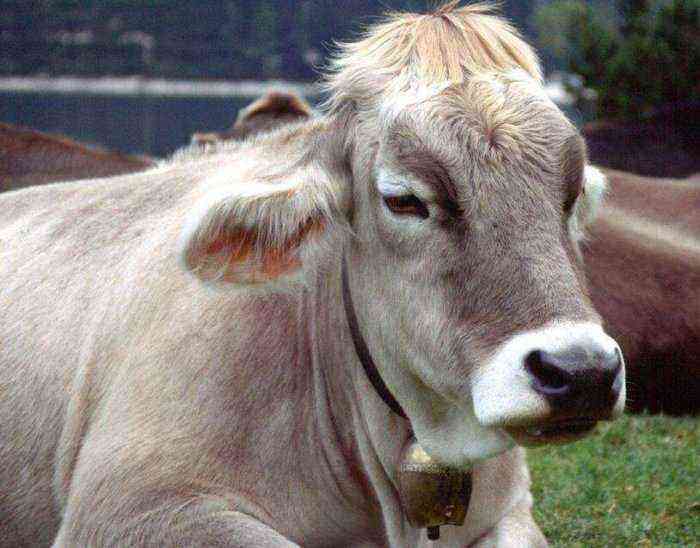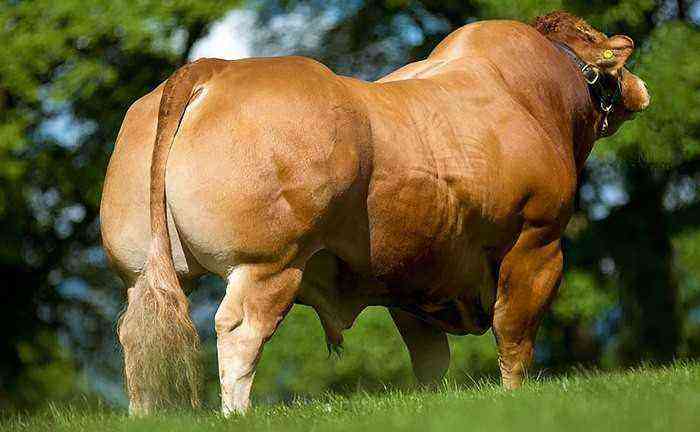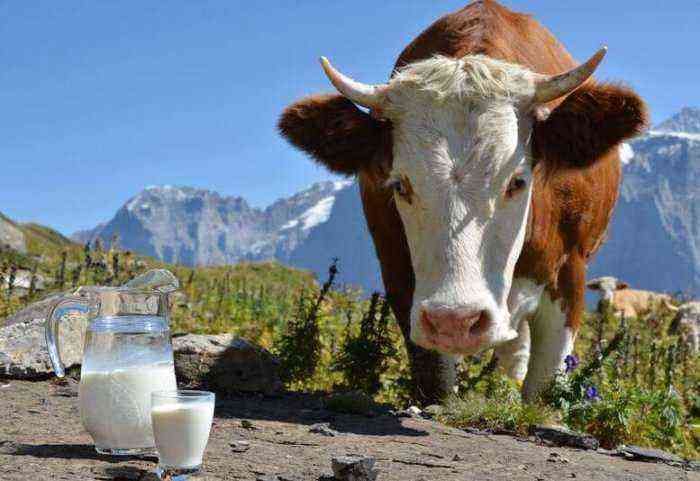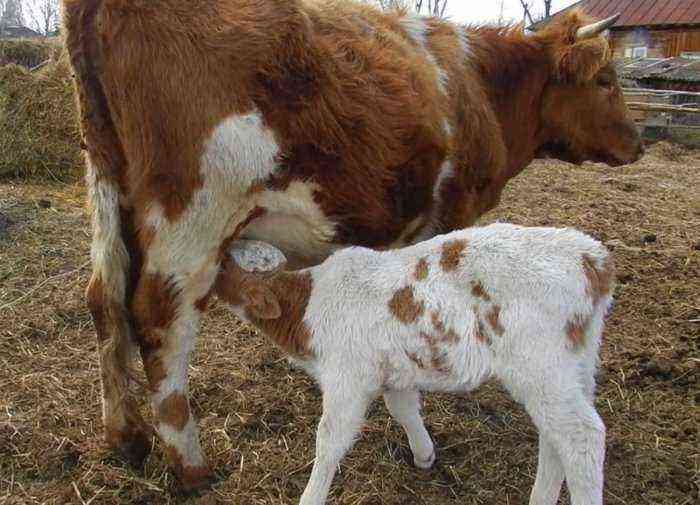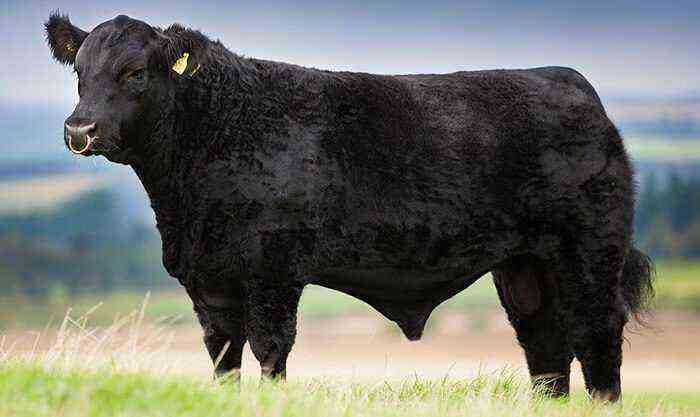The red Danish breed of cows is characterized by high milk productivity, and therefore farms specializing in milk production seek to replenish their livestock with representatives of this particular species.
Red Danish cow
Characterization
Origin
Red Danish dairy breed is the result of a long selection work. To breed it, Danish varieties of cattle were crossed with 3 breeds at once:
- English;
- North Schleswig;
- ballumskaya.
By the end of the 1850s, the blood of Shorthorn bulls known for their massiveness was added to the breeding animal. This made it possible to increase the overall massiveness of the cows of this breed and improve their exterior. To improve in the right direction, breeders selected the best representatives from the young animals obtained in the first generation and crossed cows with specially selected bulls of breeds that have long been bred in Denmark. This approach made it possible to increase the weight of animals, improve the muscular corset and body structure, and increase milk production.
Reference. To date, selection work with this breed continues.
Appearance
The most characteristic external features of the breed are:
- large size and weight of livestock;
- a broken muscular body;
- relatively short legs:
- wide convex sides;
- the back is wide, even, and only slightly bends down in the lumbar region.
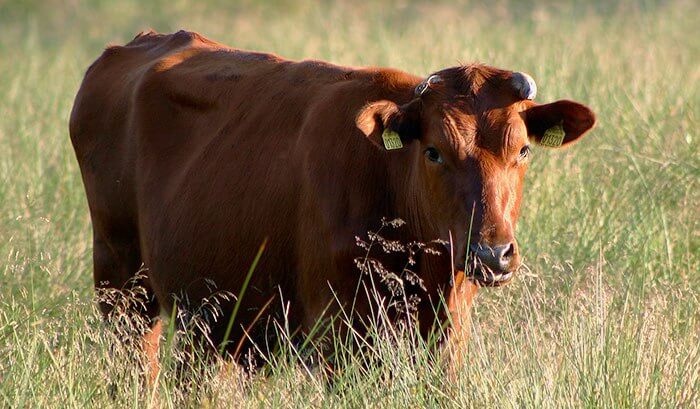
Characteristic external signs of the breed
It is the latter that many breeders consider a minus of this variety. A characteristic moment of the appearance of the Danish cow is also a developed udder. It is large and has a rounded shape. The suit is exclusively red. Sometimes the colors are complemented by interspersed with darker tones. In the nose area, the color changes to light gray.
As for the height of the animal, it usually does not exceed 130 cm. At the same time, the width of the thoracic region is 43 cm. Closer to the back, the body expands to 55 cm. The live weight of an adult reaches 800 kg (for females).
Productivity
Average indicators of milk production by cows of this breed indicate the high productivity of this type of cattle. Milk yield is about 9000 kg per year, fat content is 4,1-4.2%, protein content is 3,2-3,5%. In addition, they are valued for their high milk flow rate, and this characteristic also affects the overall performance. These animals easily gain weight, weight gain can reach 1,4 kg per day, and meat yield at slaughter is over 50%.
Feeding
It is worth noting that today the red Danish breed is considered one of the best in the meat and dairy direction. Subject to a balanced diet, such an animal can gain from 1,2 kg of weight per day, while the annual milk production averages from 9 to 11,5 thousand kg.
The basis of the diet should be:
- Quality hay. The best option in this regard is the alternation of cereals and legumes.
- concentrated feed.
- Juicy food. Silage, beets, potatoes, pulp.
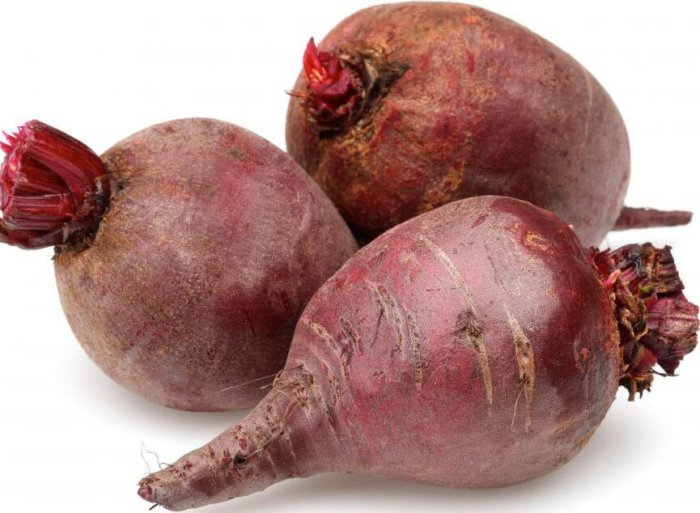
Beetroot
With the onset of spring, this variety of cows is best transferred to pasture. This will increase productivity and weight gain. Grazing can be carried out from early spring to late autumn.
Important! Concentrated feed and root crops during this period are introduced into the diet as a supplement and only when there is not enough greenery.
In the case of fattening Danish red cows for meat, large farms often use specialized feed. The best option in this case is the following composition:
- sunflower cake – up to 30% of the total mass;
- grain – about 40-45%;
- corn, accounting for 7%;
- wheat bran – not less than 15%.
The rest of the volume is occupied by various vitamin and mineral supplements. Such food provides a rapid increase in the muscle mass of the animal, while excluding the development of obesity.
Content
The red Danish cow is undemanding to the conditions of detention, but nevertheless, in order to reach a decent annual milk yield, as well as to ensure optimal weight gain, certain points must be observed. These requirements include the following:
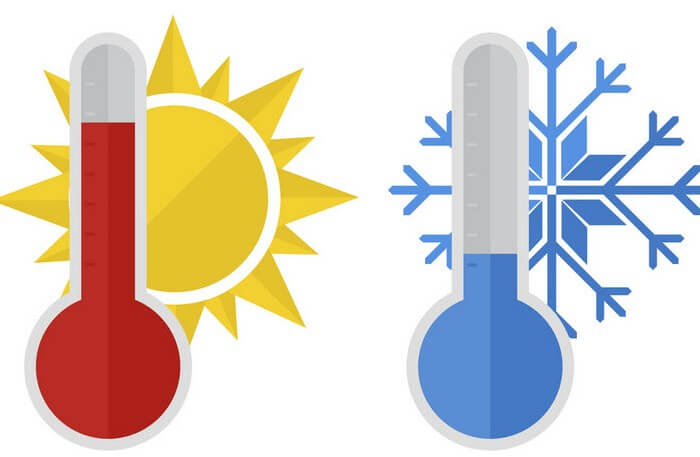
Temperature is important for cows
- High-quality heating of premises in winter. In a small barn, the animals themselves can provide the desired temperature. In large rooms, you will have to take care of the heating system. Otherwise, the cow will use its own nutrient reserves to keep warm.
- No drafts. They can also cause many diseases and reduce the weight of livestock.
- Regular cleaning of manure. The red Danish cow is quite sensitive to some livestock diseases, and unsanitary conditions in the stalls can contribute to their development.
- Regular water supply. The animal must constantly receive plenty of drink. On large farms, this issue is solved by automatic fluid supply systems. But in winter, the pipelines of such installations must be carefully insulated to prevent freezing.
In the summer, an important requirement is high-quality ventilation in the barn. The Danish breed does better in less hot climates. Therefore, in the midday heat, the ventilation system will provide a decrease in temperature.
An obligatory nuance is also a sufficient amount of drinking water. Moreover, it should be not only indoors, but also on pastures. An equally important point is the presence of a shadow. She will allow the cow to hide from the heat when the sun is at its zenith.
As for the type of keeping, the cow feels good both in the case of stall breeding and in the pasture version.
Conclusion
In Russia, Red Danish dairy cows are widespread. This primarily applies to farms with a large number of livestock, but private farmers also keep these animals on their farm. Given the high milk content, the mass fraction of fat and protein in milk, many prefer this particular variety.

